1-(2-Hydroxy-3-sulfopropyl)-pyridinium betane
- CAS NO.:3918-73-8
- Empirical Formula: C8H11NO4S
- Molecular Weight: 217.24
- MDL number: MFCD00507613
- EINECS: 223-485-2
- SAFETY DATA SHEET (SDS)
- Update Date: 2024-08-15 16:24:08

What is 1-(2-Hydroxy-3-sulfopropyl)-pyridinium betane?
Chemical properties
Colorless to light yellow liquid
Physical properties
Pyridinium hydroxy propyl sulfobetaine is a kind of electroplating intermediate, and sterling is white crystal, commonly content between 40%-50%, it is colourless to weak yellow liquid.
Characteristics
1-(2-Hydroxy-3-sulfopropyl)-pyridinium betane (PPS-OH) has good light and leveling effect in electronickelling, especially good high current density region leveling effect spy.As the base additive in nickel plating bath, its consumption, be 20-50g/kAH, consumption 50-500mg/L, the huge market demand.
The Uses of 1-(2-Hydroxy-3-sulfopropyl)-pyridinium betane
1-(2-Hydroxy-3-sulfopropyl)-pyridinium betane(PPS-OH) can be used to prepare electroplating brightener and nickel plating strong leveling agent.
The Uses of 1-(2-Hydroxy-3-sulfopropyl)-pyridinium betane
Nickel plating intermediates
What are the applications of Application
1. 1-(2-Hydroxy-3-sulfopropyl)-pyridinium betane is a good nickel plating intermediate which has good leveling power in middle and low current density areas as PPS.
2. It also has an outstanding LCD throwing power, which should be used in combination with BEO, PME, PESS, MOSS,saccharin or auxiliary brighteners.
Properties of 1-(2-Hydroxy-3-sulfopropyl)-pyridinium betane
| Boiling point: | 111°C |
| Density | 1.30 |
| vapor pressure | 0Pa at 25℃ |
| storage temp. | 2-8°C |
| form | Transparent liquid |
| color | Colorless to light yellow |
| PH | 2.0-5.0 |
| Water Solubility | 1280g/L at 23℃ |
| InChI | InChI=1S/C8H11NO4S/c10-8(7-14(11,12)13)6-9-4-2-1-3-5-9/h1-5,8,10H,6-7H2 |
| CAS DataBase Reference | 3918-73-8(CAS DataBase Reference) |
| EPA Substance Registry System | Pyridinium, 1-(2-hydroxy-3-sulfopropyl)-, inner salt (3918-73-8) |
Safety information for 1-(2-Hydroxy-3-sulfopropyl)-pyridinium betane
| Signal word | Warning |
| Pictogram(s) |
 Exclamation Mark Irritant GHS07 |
| GHS Hazard Statements |
H315:Skin corrosion/irritation H319:Serious eye damage/eye irritation H335:Specific target organ toxicity, single exposure;Respiratory tract irritation |
| Precautionary Statement Codes |
P305+P351+P338:IF IN EYES: Rinse cautiously with water for several minutes. Remove contact lenses, if present and easy to do. Continuerinsing. |
Computed Descriptors for 1-(2-Hydroxy-3-sulfopropyl)-pyridinium betane
| InChIKey | RJPRZHQPROLZRW-UHFFFAOYSA-N |
| SMILES | C([N+]1=CC=CC=C1)C(O)CS([O-])(=O)=O |
Abamectin manufacturer
DU Organics Pvt Ltd
Alcatraz Chemicals
New Products
4-Aminotetrahydropyran-4-carbonitrile Hydrochloride (R)-3-Aminobutanenitrile Hydrochloride 4-AMINO-TETRAHYDRO-PYRAN-4-CARBOXYLIC ACID HCL 4-(Dimethylamino)tetrahydro-2H-pyran-4-carbonitrile 3-((Dimethylamino)methyl)-5-methylhexan-2-one oxalate 1,4-Dioxa-8-azaspiro[4.5]decane 5-Bromo-2-nitropyridine Nimesulide BP Aceclofenac IP/BP/EP Diclofenac Sodium IP/BP/EP/USP Mefenamic Acid IP/BP/EP/USP Ornidazole IP Diclofenac Potassium SODIUM AAS SOLUTION ZINC AAS SOLUTION BUFFER SOLUTION PH 10.0(BORATE) GOOCH CRUCIBLE SINTERED AQUANIL 5 BERYLLIUM AAS SOLUTION 2-Bromo-1-(bromomethyl)-3-chloro-5-nitrobenzene 2-Bromo-3-nitroaniline N-(3-Hydroxypropyl)-N-methylacetamide 3-Bromo-6-chloropyridazine 4-ethyl-3-nitrobenzoic acidRelated products of tetrahydrofuran



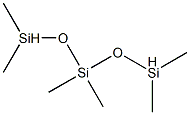



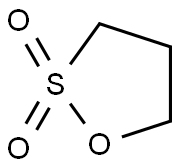
You may like
-
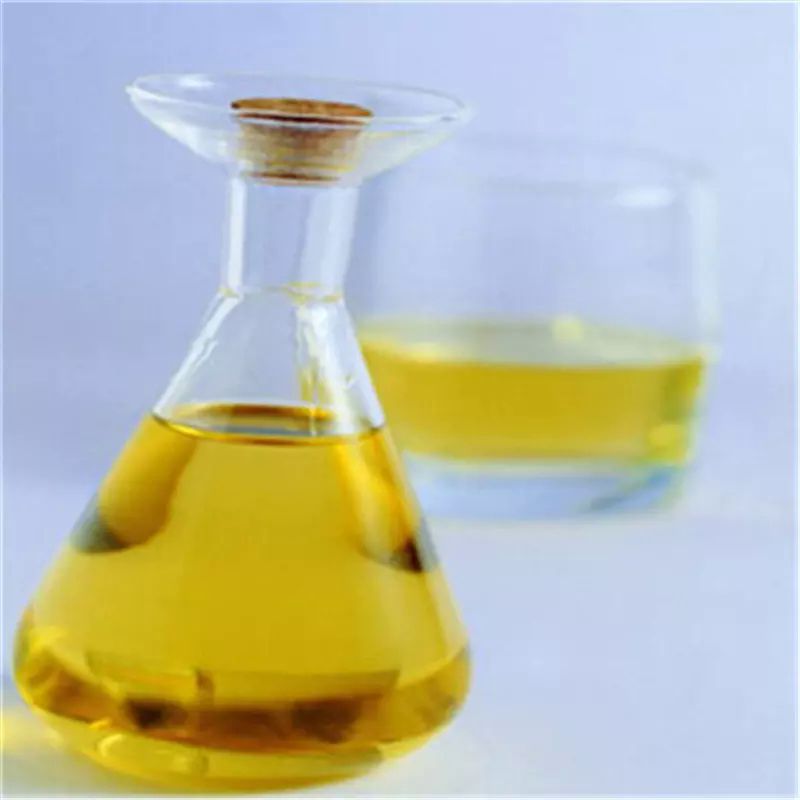 3918-73-8 1-(2-Hydroxy-3-sulfopropyl)-pyridinium betaine 98%View Details
3918-73-8 1-(2-Hydroxy-3-sulfopropyl)-pyridinium betaine 98%View Details
3918-73-8 -
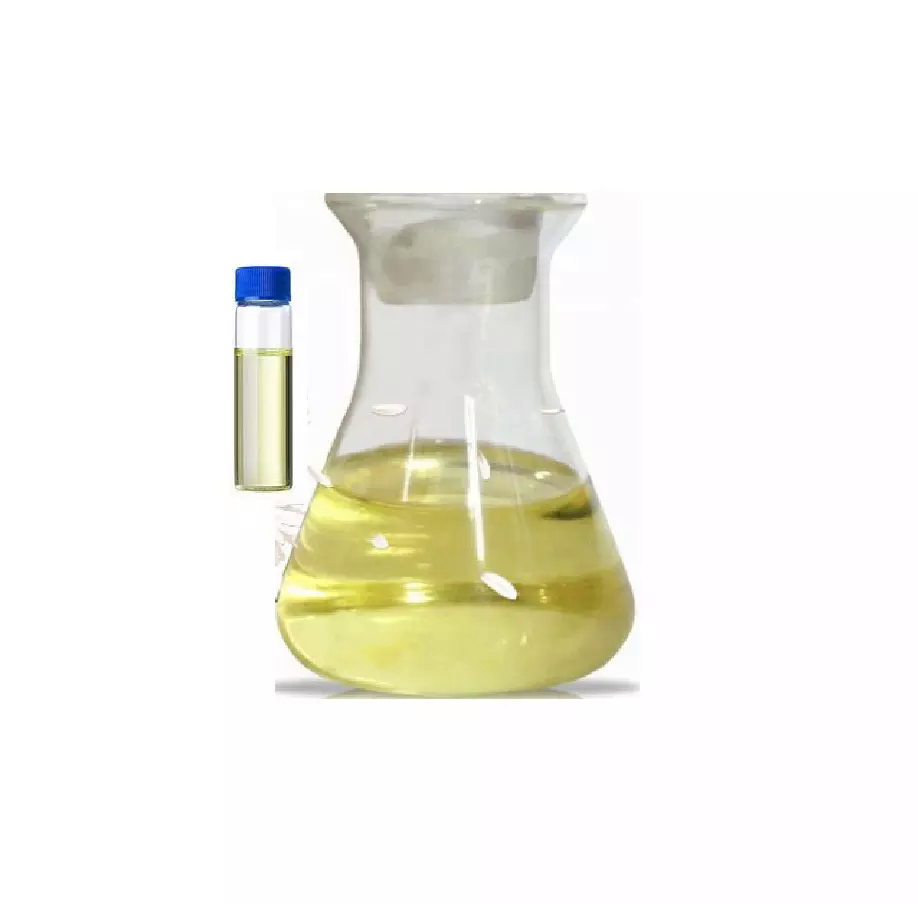 3918-73-8 99%View Details
3918-73-8 99%View Details
3918-73-8 -
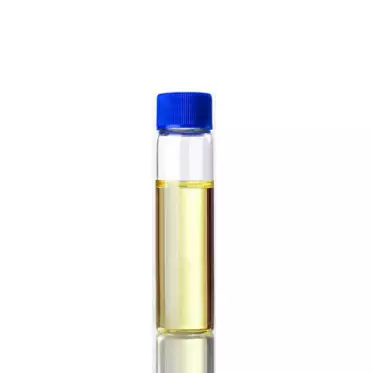 1-(2-Hydroxy-3-sulfopropyl)-pyridinium betaine 98%View Details
1-(2-Hydroxy-3-sulfopropyl)-pyridinium betaine 98%View Details
3918-73-8 -
 1823368-42-8 98%View Details
1823368-42-8 98%View Details
1823368-42-8 -
 2-(3-(tert-butyl)phenoxy)-2-methylpropanoic acid 1307449-08-6 98%View Details
2-(3-(tert-butyl)phenoxy)-2-methylpropanoic acid 1307449-08-6 98%View Details
1307449-08-6 -
 Ethyl 3-(furan-2-yl)-3-hydroxypropanoate 25408-95-1 98%View Details
Ethyl 3-(furan-2-yl)-3-hydroxypropanoate 25408-95-1 98%View Details
25408-95-1 -
 2-Chloro-5-fluoro-1-methoxy-3-methylbenzene 98%View Details
2-Chloro-5-fluoro-1-methoxy-3-methylbenzene 98%View Details
1805639-70-6 -
 Lithium ClavulanateView Details
Lithium ClavulanateView Details
61177-44-4